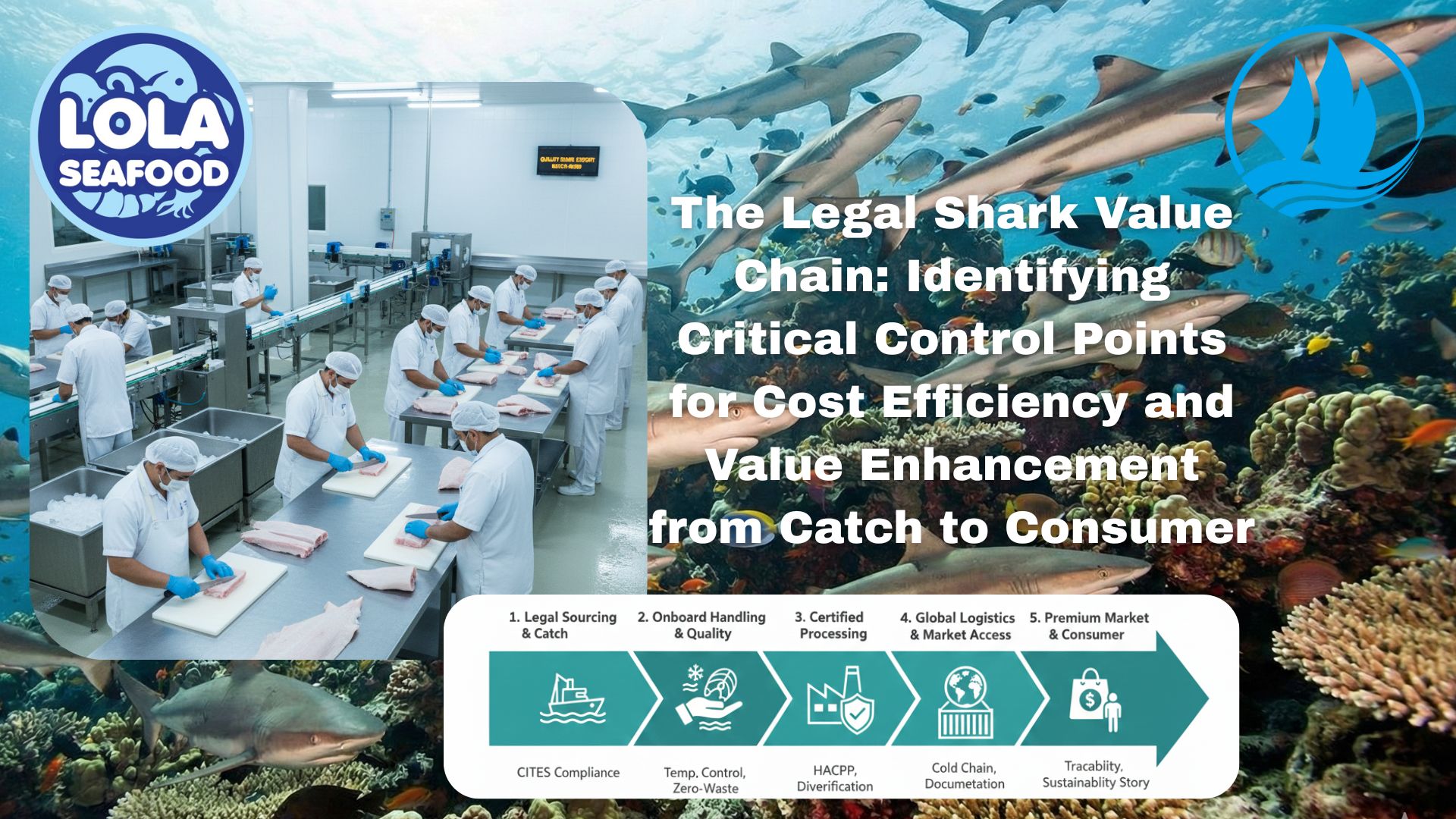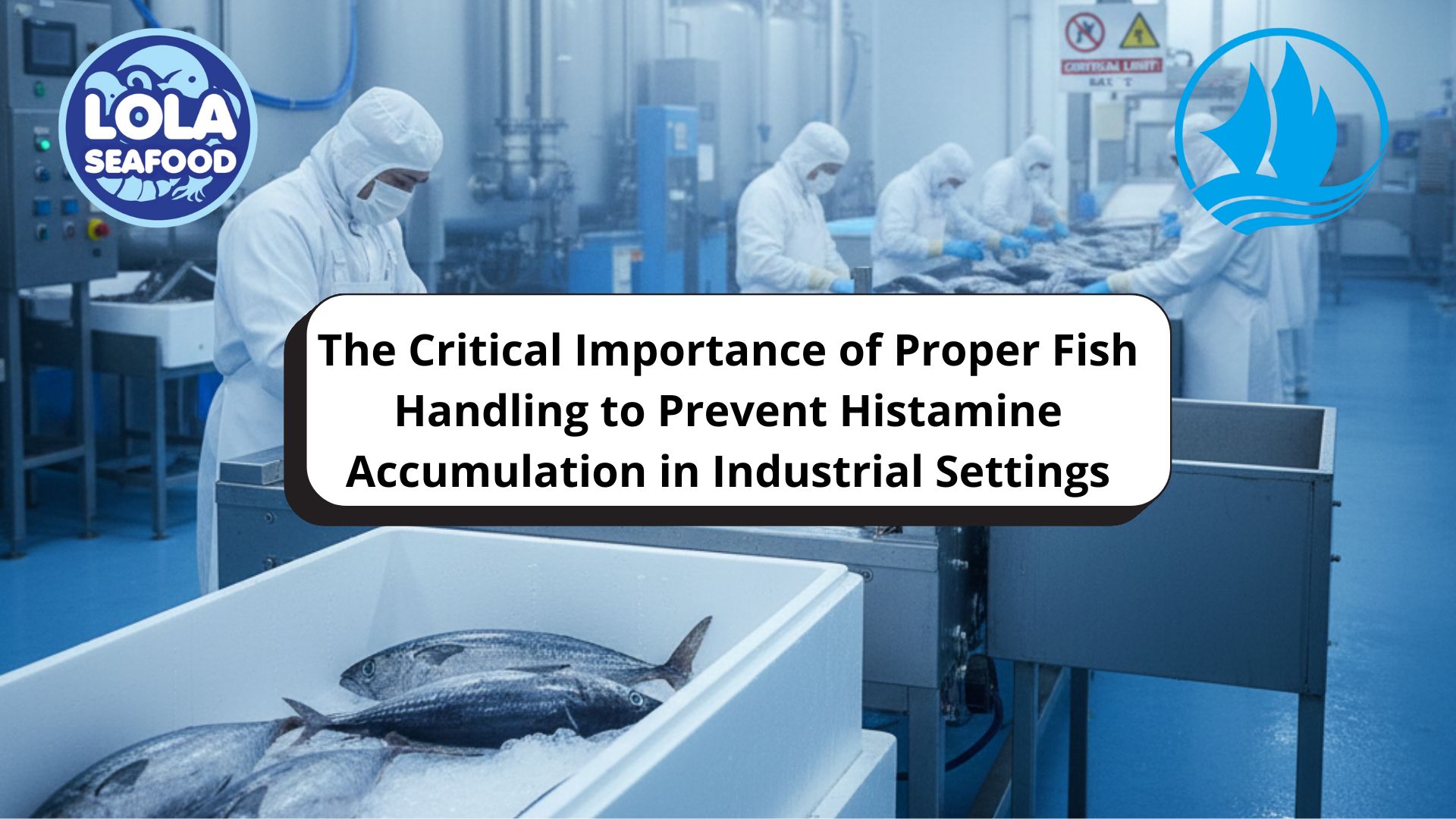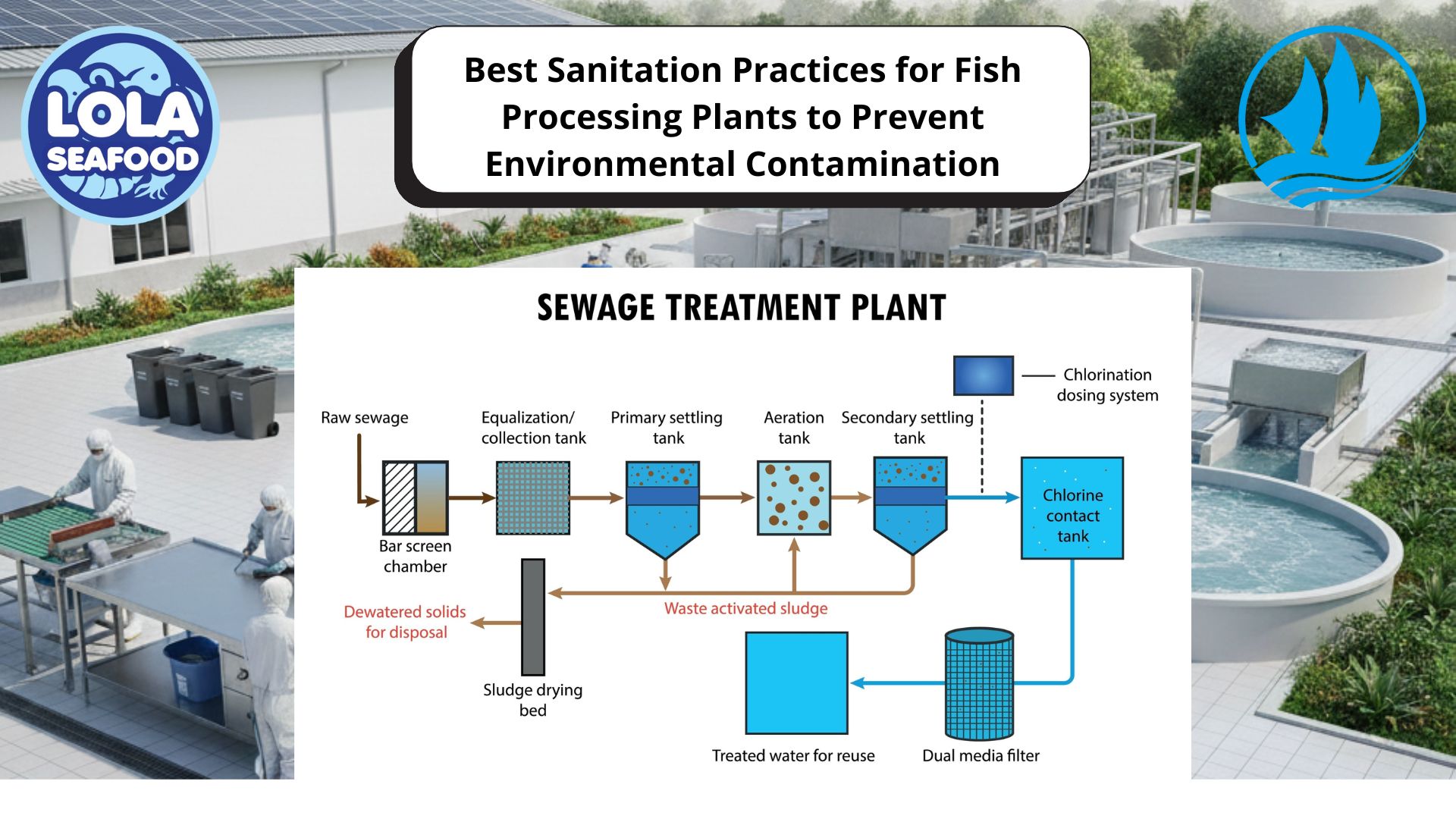Health Certificate
By. Najih - 07 Mar 2024.jpg)
There has been a serious increase in the shipment of all kinds of foodstuffs to countries all over the world. This situation has also led to an increase in the demands for the issuance of certificates in various aspects related to health regarding the qualitative and quantitative status of export-oriented foodstuffs in terms of food safety. These certificates are normally required by the relevant authorities controlling the import of foodstuffs in the destination countries of the consignment exported from a country, and such a health certificate is required.
Certifications and accreditations, as well as legal requirements, are a set of voluntary protocols that are appropriately implemented in businesses, strengthen food safety and provide quality commitment to the consumer. In particular, health certificates are documents proving that a food is produced in a certain way and has certain characteristics. A health certificate is an official document that confirms the export food the health requirements of the destination country.
What products do Health Certificate cover?
With more than 1,500 Export Health Certificates out there, these are some of the commodity groups commonly covered:
- Meat and meat products
- Dairy (ice cream, butter, cheese, yogurt, milk, etc.)
- Lanolin, feathers, wool, skins, hides, etc.
- Additives and pre-mixtures (animal casings, crushed bones, and collagen)
- Honey
- Poultry, egg, and egg products
- Fish and fishery products
- Laboratory
- Pet food and animal feeds
- Miscellaneous
What is inside an Export Health Certificate?
With the commodities above covered by an Export Health Certificate, then this document, in general, or when applicable, will be split into several primary sections:
1. Identity of Health Certificate
The Identity section covers general details like the consignor’s name, weight, dimension, and quantity of the shipped goods.
2. Shipping Information
The Shipping Information section will tell about the flight or boat, seal number, and container.
3. Health Marks
The Health Marks section gives information about the EU ‘oval mark,’ which clarifies that the products align with EU food standards.
4. Country of Origin
The Country of Origin details about where the product originated and was processed. And it can happen in several countries.
5. Storage Conditions
The Storage Conditions section informs about how the products are stored. For instance, it can be whether the goods have to be segregated from other types or kept to a specific temperature.
6. Health Statements
The Health Statements section will vary depending on the country. However, the bottom line is that the products usually have details like possibly carried disease, contamination status, heat treatment, etc.

The Legal Shark Value Chain: Identifying Critical Control Points for Cost Efficiency and Value Enhancement from Catch to Consumer

Global Trust Across Three Segments: How the HACCP System Ensures Premium Quality for Demersal, Pelagic Fish, and Legal Shark Product Utilization
.jpg)
Green Investment, Profitable Harvest: How Sustainability Practices Reduce Operating Costs in Fish Fillet Processing Plants (Skin-On and Skin-Less)
 in Meeting Global Protein Demand Sustainably.jpg)




